Describe the Process of Mechanical Digestion
Mechanical digestion is a purely physical process that does not change the chemical nature of the food. No mechanical digestion because it is just a continuation of the oral cavity.

Protein Digestion And Absorption Nutrition Science And Everyday Application
8 rows Digestion includes a complex combination of mechanical and chemical processes.
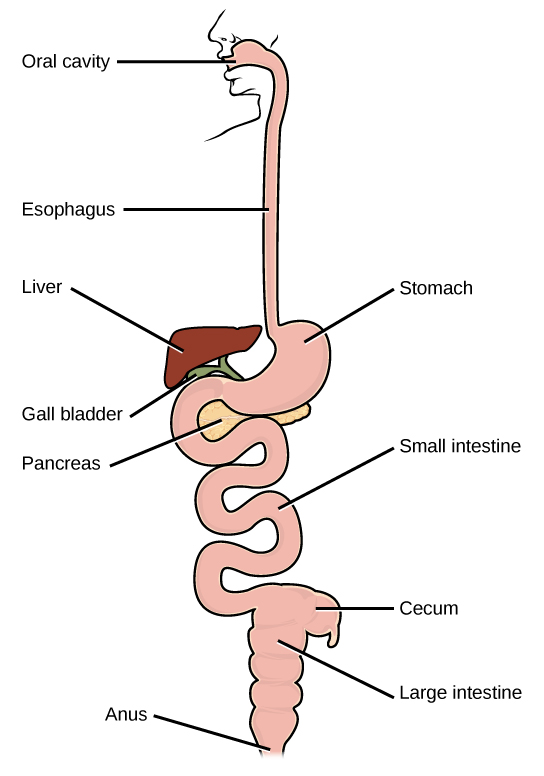
. Salivary glands produce an important substance for this type. The human digestive system consists of the gastrointestinal tract plus the accessory organs of digestion the tongue salivary glands pancreas liver and gallbladder. Saliva makes this process more effective by moistening the food while enzymes start to break it down chemically.
Mechanical digestion is a purely physical process that does not change the chemical nature of the food. Ingestion- of food to the alimentary canal. Chemical digestion involves breaking down the food into simpler nutrients that can be used by the cells.
Chyme leaves the stomach and enters into the small intestine. Breaks down starch protein carbohydrates fats and nucleic acids. For credit essay must be a minimum of 250 words.
Chyme leaves the stomach carbohydrates and proteins are already digested while lipids havent yet. Describe the chemical reactions that occur. Muscular contractions and relaxations that propel food through the GI tract propulsion.
Mechanical digestion begins in the mouth where the teeth break food down into smaller particles making it easier to swallow and transport through the digestive system. Mastication of food chewing Carbohydrates are digested via the salivary amylase. Digestion is the mechanical and chemical break down of food into small organic fragments.
The stomach muscles breaks down the food physically and acids and enzymes for the chenical breakdown of food. Instead it makes the food smaller to increase both surface area and mobility. Because of the nature of this process some choices will be used more than once.
Requires pancreatic juices and enzymes produced by the wall of the small intestine. The main difference between mechanical and chemical digestion is that the mechanical breakdown of large food particles into small food particles occur in the mechanical digestion whereas the chemical breakdown of. Five main activities involved in the digestion are.
After that it is mostly chemical digestion then. In chemical digestion enzymes break down food into the small molecules the body can use. Salivary glands produce an important substance for this type 2.
Digestion is a several-step process that begins the moment you put a piece of food in your mouth or sip a drink. Some of the. Chewing mixing and segmentation that prepares food for chemical digestion peristalsis.
Absorption- of the nutrients. Describe the process of digestion both mechanical and chemical that occurs throughout the alimentary canal. Mechanical digestion involves physical movement to make foods smaller.
12 rows As food moves through the body it is broken down by mechanical and chemical breakdown. Classify the following as definitions or examples of chemical digestion or mechanical digestion. Mechanical digestionBegins with chewing Involves the teeth and tongue.
Digestion involves the breakdown of food into smaller and smaller components until they can be absorbed and assimilated into the body. There are four types of teeth in your mouth that make mechanical digestion. Be sure to include a discussion of the major organs as well as the contributions by the accessory organs.
Breaking it down When you begin chewing glands. Enzymes such as pepsin trypsin and rennin and acid hydrochloric Chemical Digestion. Instead it makes the food smaller to increase both surface area and mobility.
Elimination- of waste materials. Mechanical digestion refers to the physical breakdown of large pieces of food into smaller pieces which can subsequently be accessed by digestive enzymes. Digestion which is both a mechanical and chemical process.
The small intestine responds to the entrance of chyme by. There are two kinds of digestion. Voluntary process of swallowing and the involuntary process of peristalsis that moves food through the digestive tract.
The mechanical process of digestion is first followed closely by chemical digestion. Mechanical digestion involves physically breaking the food into smaller pieces. Chemical digestion uses enzymes to break down food.
Causes physical change to food making food into smaller pieces. Partial digestion of fats by the salivary lipase. Takes place in small intestine and a little in the mouth and stomach.
Other choices may not be used at all. Mechanical and chemical digestion are two processes that occur in the digestive system enabling digestion absorption and excretion of the food. Instead it makes the food smaller to increase both surface area and mobility.
Mechanical digestion begins in the mouth as the food is chewed. Instead it makes the food smaller to increase both surface area and mobility. Propulsion- or movement of food items through the digestive tract.
Proteins and lipids are digested.
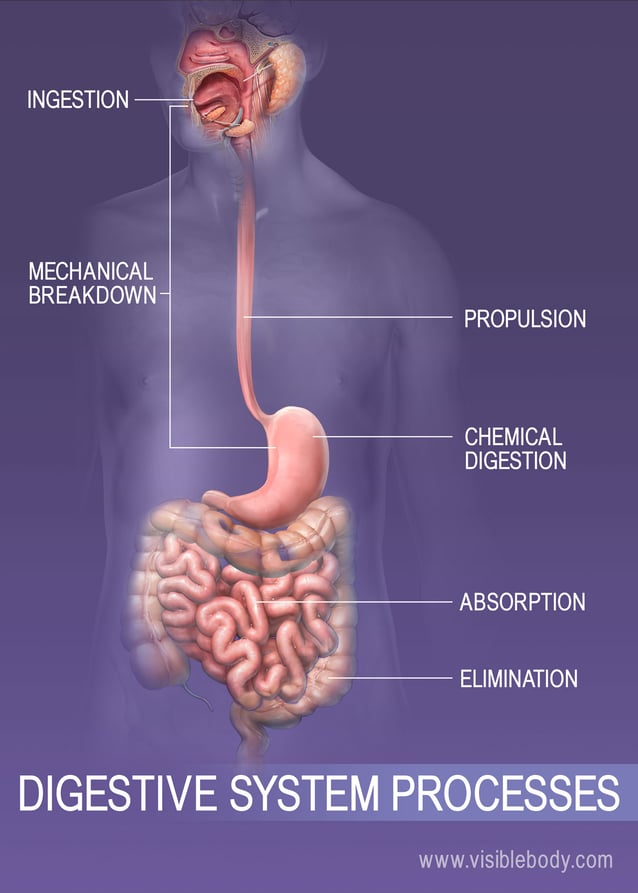
10 Facts About The Digestive System
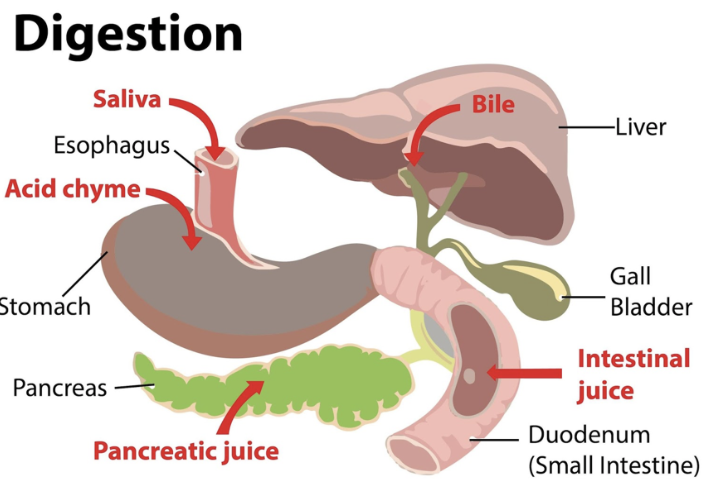
Explain The Process Of Digestion In Human Beings Class 10 Biology Cbse

Digestive System Processes Boundless Biology

Chemical Digestion And Absorption A Closer Look Anatomy And Physiology Ii
How To Describe The Digestion Process Quora

The Digestive And Excretory Systems Review Article Khan Academy

What Is An Example Of Mechanical Digestion Lisbdnet Com

Goal To Explain The Difference Between Chemical And Mechanical Digestion While Eating A Cracker And Describe Where Each Takes Place Sci7 Th Feb 11 In Ppt Download
Difference Between Mechanical And Chemical Digestion Definition Mechanism Role

How Does Mechanical Digestion Enhance Chemical Digestion Socratic
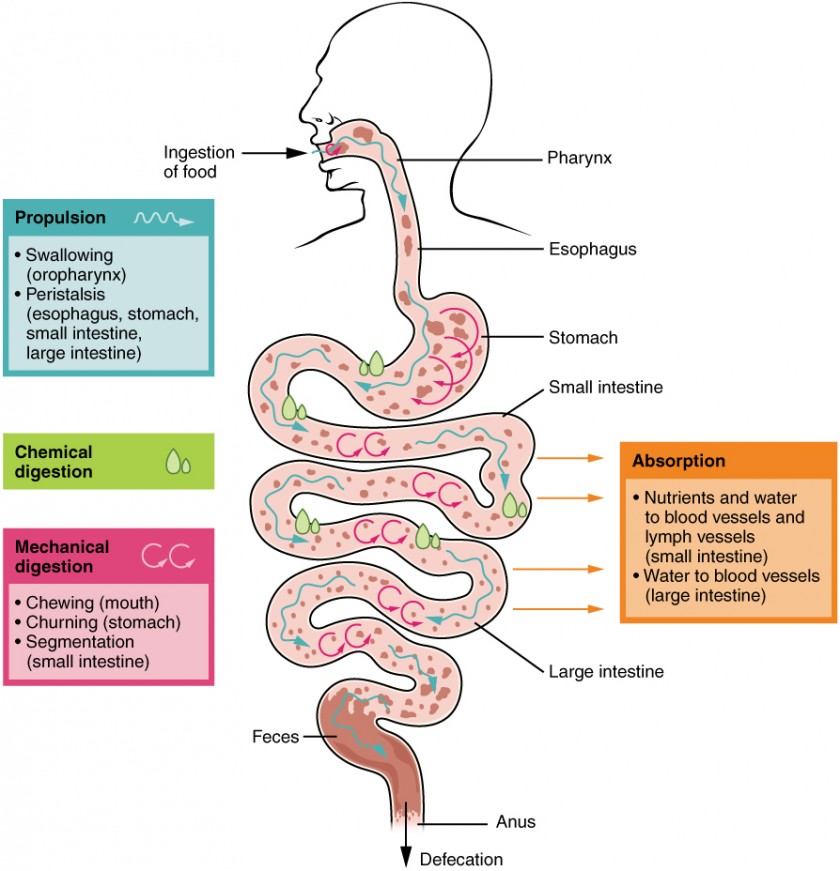
Digestive System Processes And Regulation Anatomy And Physiology Ii

Digestion And Absorption Ck 12 Foundation
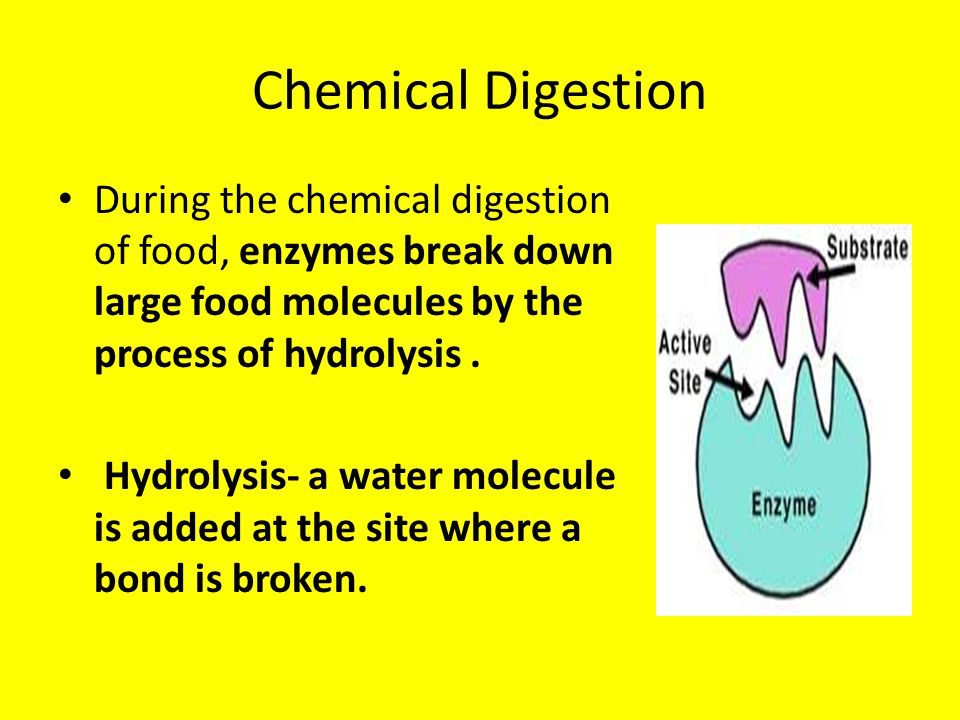
Mechanical Vs Chemical Digestion Ppt Video Online Download

Process Of Digestion Digestion Process In Mouth Stomach Intestines
Anatomy Of Organs Of The Digestive System And Their Functions Bio103 Human Biology
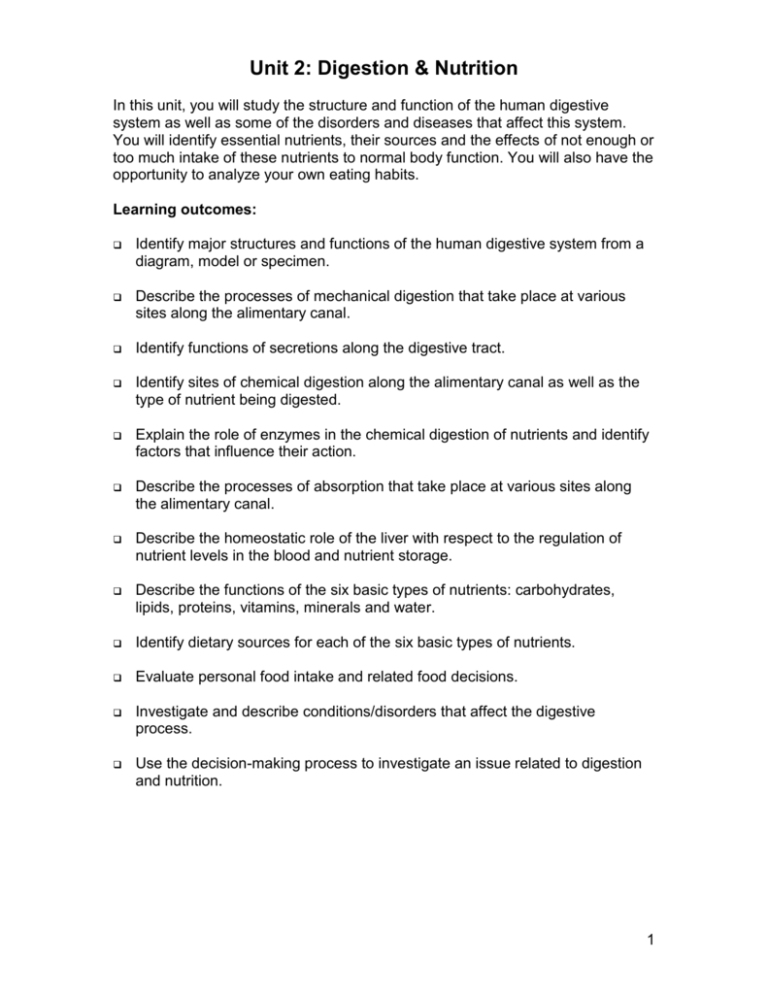

Comments
Post a Comment